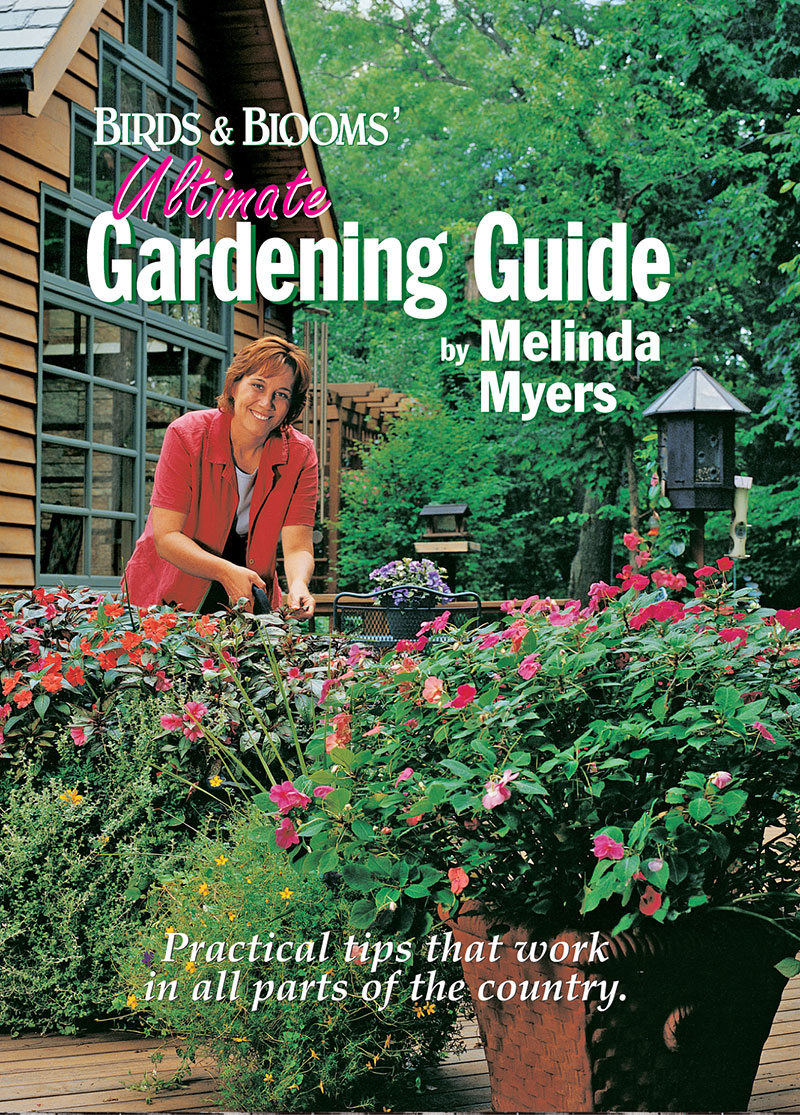Managing Leaves with Pollinators in Mind
Leaves provide great insulation and winter homes for many of our pollinators. So before raking them to the curb look for ways to incorporate them into your landscape plans.
Many moths and butterflies overwinter as eggs, caterpillars, chrysalis or adults and depend on leaf litter for winter cover.
Bumblebees also benefit from fall leaves. At the end of summer, mated Queen bumblebees search for a winter home. They burrow a few inches into the soil to hibernate for winter.
A layer of leaves provides added protection from winter conditions.
And if you take a closer look at the leaves in the landscape, you will find a variety of spiders, snails, millipedes, and other insects. These insects are an important part of the turtles, birds, toads and other animals’ diets. And a layer of leaves also helps protect toads overwintering in the soil of colder regions.
A bit more information: Great spangled fritillary and wooly bear caterpillars will take advantage of leaf piles for insulation and protection from predators. Take a close look at fallen oak leaves and you may find eggs of the Red-banded hairstreaks. And when the caterpillars emerge, they begin dining on these leaves.
Related

Audio
Categories
Upcoming Live Events
& Webinars
April 27, 2024
Ridges & Rivers Book Festival
Viroqua, WI
Register now
April 28, 2024
Flowering Trees and Shrubs
Ebert's Greenhouse Village, Ixonia, WI
May 1, 2024
FREE WEBINAR
Ornamental Fruits and Vegetables
Register now
May 4, 2024
Garden U 2024
New Richmond, WI
Register now
May 9, 2024
FREE WEBINAR
How to Plant Your Rain Garden
Register now
May 11, 2024
Ask The Plant Doctor Q & A
Ebert's Greenhouse Village, Ixonia, WI
May 12, 2024
Ask The Plant Doctor Q & A
Ebert's Greenhouse Village, Ixonia, WI
May 18, 2024
Ask The Plant Doctor Q & A
Ebert's Greenhouse Village, Ixonia, WI
June 1, 2024
Selecting, Planting, Pruning and Caring for Hydrangeas
Ebert's Greenhouse Village, Ixonia, WI
June 5, 2024
FREE WEBINAR
Under-Appreciated Pollinators
Register now
WATCH ON-DEMAND WEBINARS
Learn More

















